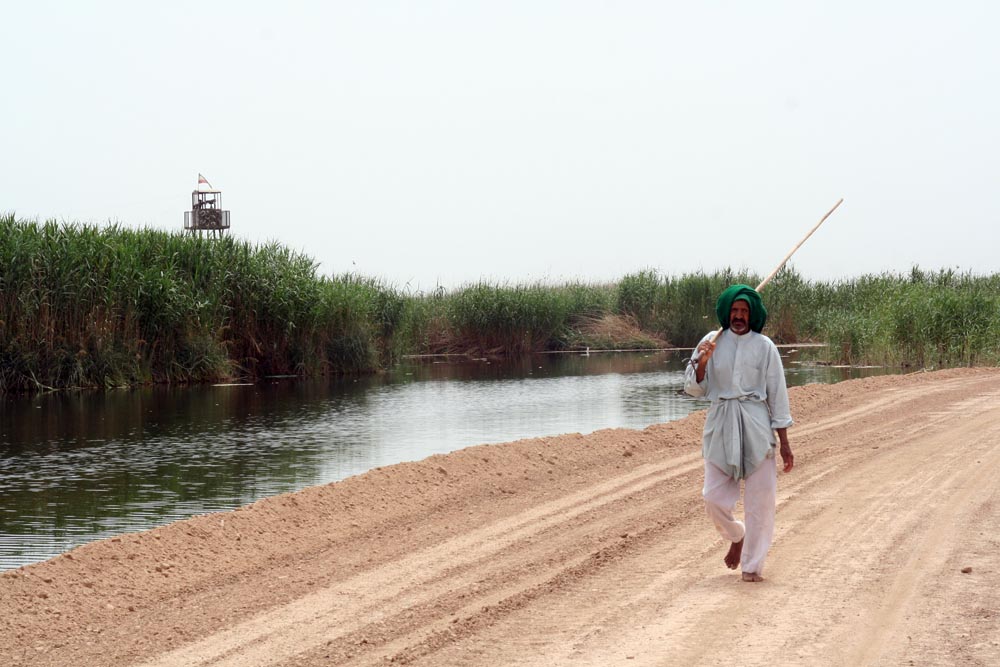Electrofishing in Hour al-Azim Wetland in Khuzestan Province is one of the major threats facing the wetland's biodiversity, along with climate change and oil pollution.
Abolfazl Abesht, director of the Conservation of Iranian Wetlands Project, lamented the lack of attention to biodiversity in wetlands over the years, ISNA reported.
"Wetland conservation initiatives have only been restricted to water shortage and drought, and almost nothing has been said regarding the biodiversity loss in these ecosystems," he said.
A number of factors threaten the biodiversity of Hour al-Azim wetland, most of which is anthropogenic. Climate change is the most serious threat endangering marine species. The rise in temperature and higher evaporation lead to higher salinity and lower oxygen levels and consequently the death of wetland species.
Oil spills are also the other cause of mortality among the wetland's floral and faunal communities. However, these are not the only risks for Hour al-Azim's fragile marine community.
"Unsustainable fishing, specifically through illegal methods such as non-standard electrofishing and the use of fish poisons, is another grave threat to the wetland species," Abesht said.
Being cheap and very easy to use, electrofishing is very popular in the region. Fishermen send an electric current through the water to stun fish, making it easier to scoop up shoals of fish.
If not conducted correctly and according to ecological standards, electrofishing may have devastating and irreversible effects on fish and other vulnerable wetland species. This method does not only affect the fish community, but also could kill and paralyze other vertebrates and invertebrates.
Chemical fish poisons are also stupefying substances that are used to stun fish, so they become easy to collect by hand.
"Fishermen in the province sometimes use this dangerous method, but reports indicate that its practice has declined significantly in recent years," Abesht said.
The official stressed that the restoration of a wetland is not possible without preserving its biodiversity.
"Without its flora and fauna, a wetland will have no other significant function," he said.
Hour al-Azim, also known as Hoveyzeh, is a wetland on Iran-Iraq border, one-third of which is located in Khuzestan Province. It is the province's biggest wetland and has a unique biodiversity.


